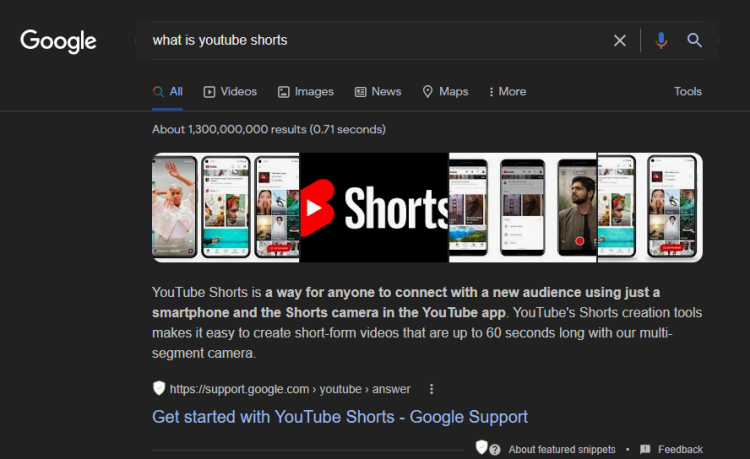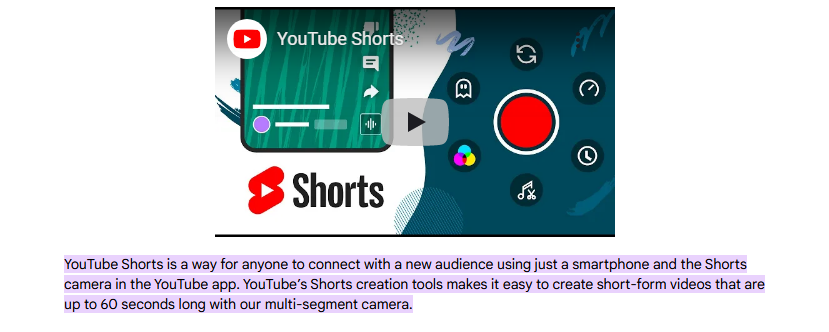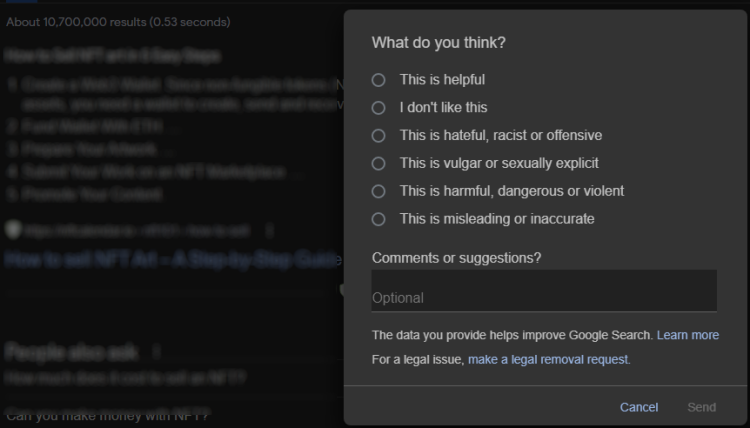When you run a Google search, the results are displayed on the search engine results page (SERP). As you know, this page contains several on-screen elements such as ads, a knowledge panel, and articles, among others. Another prominent feature you'll find on the SERP is featured snippets.
Here, we'll look at everything you need to know about featured snippets such as, how featured snippets are selected, why they may be removed, and how to report featured snippets.
What Is a Featured Snippet on Google Search?
Usually displayed above other search results, a featured snippet is a webpage extract showcased by Google as the most relevant answer to a search query.
Not all searches turn up a featured snippet, but when they do, it's usually the first listing to greet your eyes on the SERP. You can also find featured snippets in the "People also ask" section, as well as with Knowledge Graph information.
Notice that unlike other search results, the featured snippet comes before the page title or URL. You'll also see an "About featured snippets" label underneath the page title.
For the majority of browsers, clicking on the featured snippet will automatically scroll the page to the section from where the snippet was extracted, which will be highlighted.
In some cases, you'll find that more than one search result may appear as featured snippets. Definitions, lists, steps, and tables are commonly used as featured snippets.
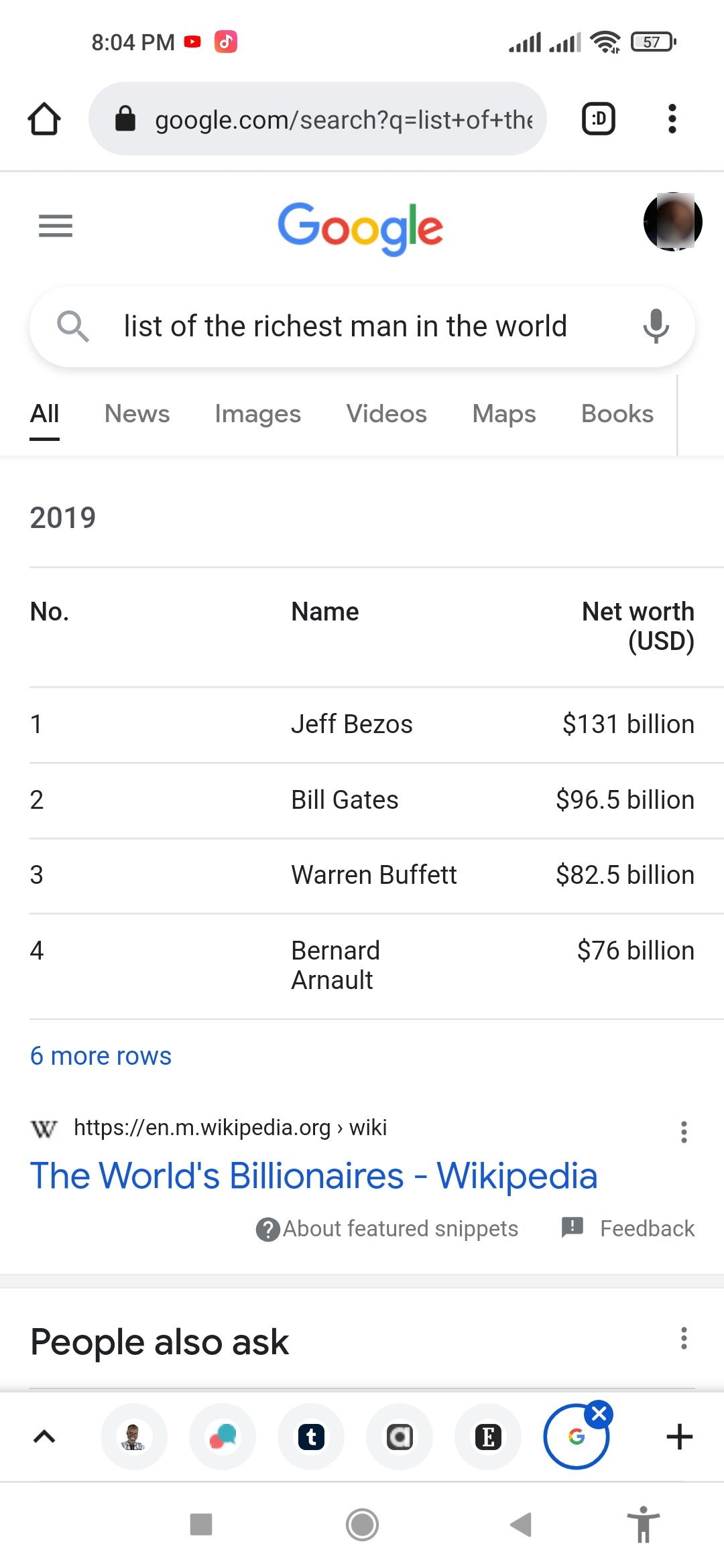

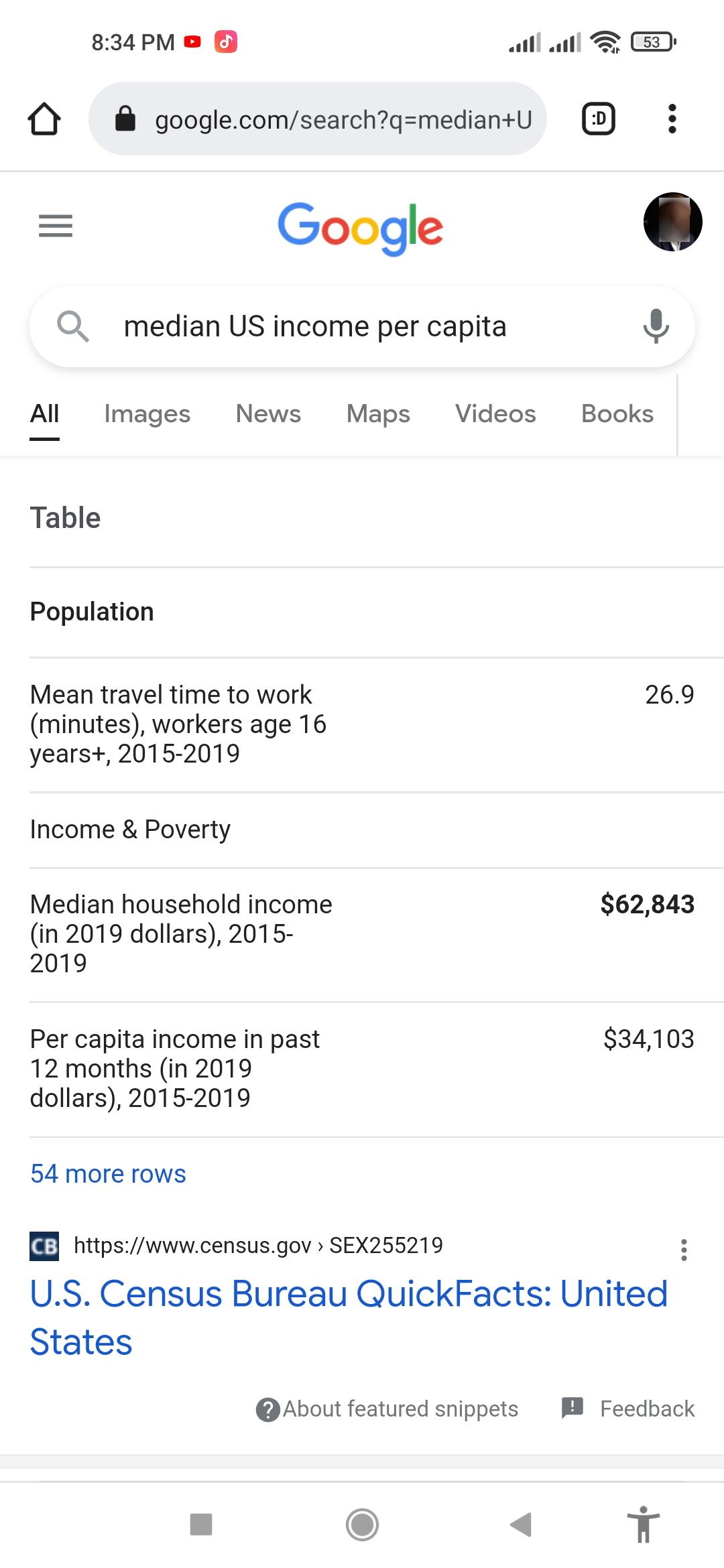
How Are Featured Snippets Selected to Appear on Google?
The featured snippet spot is also referred to as position zero because it precedes the first article on a SERP. The featured snippet for a particular search query also changes from time to time.
This is because new content is constantly being published to the web. Whenever Google's algorithm finds what it deems as a more relevant answer, it automatically pulls a snippet of text from the page and showcases it as the new featured snippet.
Featured snippets are randomly selected from pages or websites already indexed by Google. Google looks out for definitions, lists, steps, tables, and search relevance when considering entries for the featured snippet spot.
Reasons Why Featured Snippets May Be Removed From Google
In addition to the reasons cited above, Google also replaces featured snippets periodically due to the following reasons:
1. Violation of Google's Featured Snippets Policy
Google's policy on featured snippets draws from its other policies on Search and Search features. In a nutshell, Google will remove a featured snippet if it is found to contain:
- Dangerous content.
- Violence and gore.
- Terrorist content.
- Harassing content.
- Hateful content.
- Vulgar language and profanity.
- Sexually explicit content.
- Medical content.
- Deceptive practices.
- Manipulated media.
Featured snippets that contradict consensus on civic, medical, scientific, and historical issues will also be removed.
2. Reports from Users
If users report a featured snippet, Google will investigate it and if found to be in violation of its featured snippets policy, it will be taken down.
Because search is so large, Google also relies on user feedback, in addition to its algorithm, to implement its featured snippets policy.
How to Report a Featured Snippet to Google
If you find a featured snippet that clearly violates Google's featured snippets policy, contains misleading and inaccurate information, you can report it. Here's how:
- Go to the featured snippet you want to report.
-
Click or tap on Feedback, next to "About featured snippets".
- Select your reason for reporting the featured snippet.
- Click Optional in the text box to provide additional comments or suggestions.
- Click Send when done.
Note that the final decision over a reported featured snippet is Google's prerogative.
Looking at the feedback form, you'll notice that you can also use it to provide positive feedback about a featured snippet that you like or that provides accurate and helpful information. To do so, simply select This is helpful and provide some context, then click Send.
Keep Your Eyes Peeled for Useful Featured Snippets on Google
Now that you know all you need to about featured snippets, keep your eyes peeled for them and see if they help you to improve your search experience.
Featured snippets are also known as "no-click searches" as they can provide you with all the information you seek without having to click through to the full article. This can save you time, just like other search-related tricks that make search more effective.


